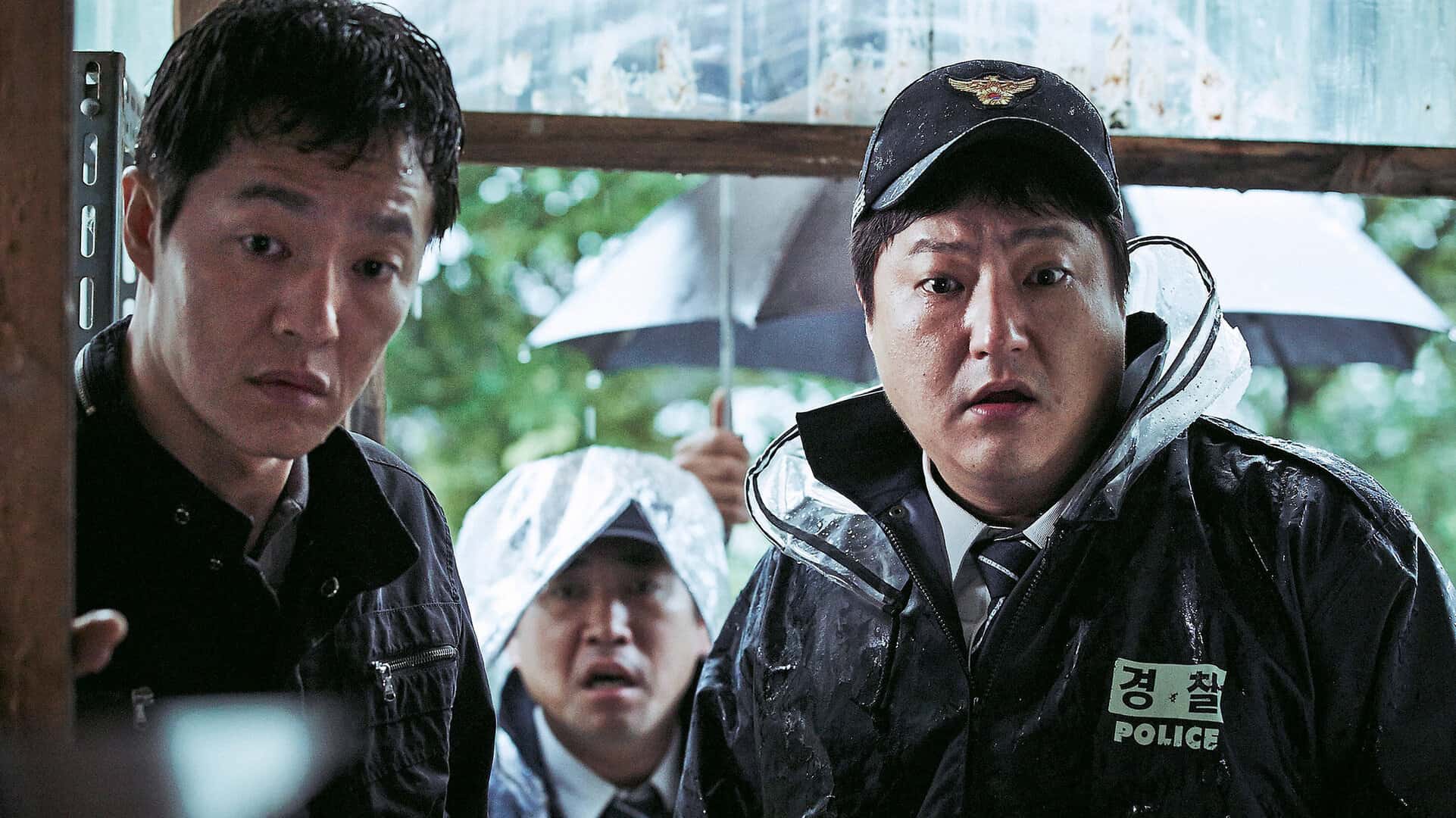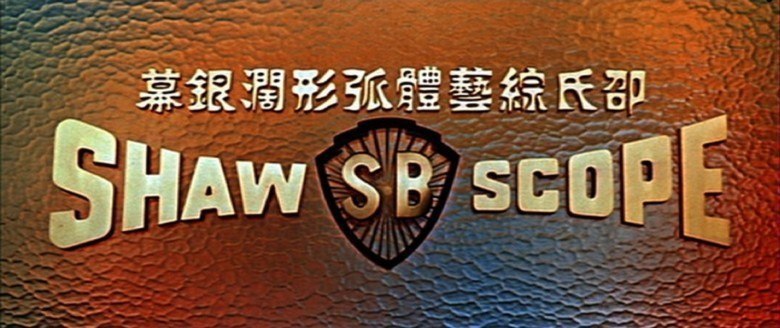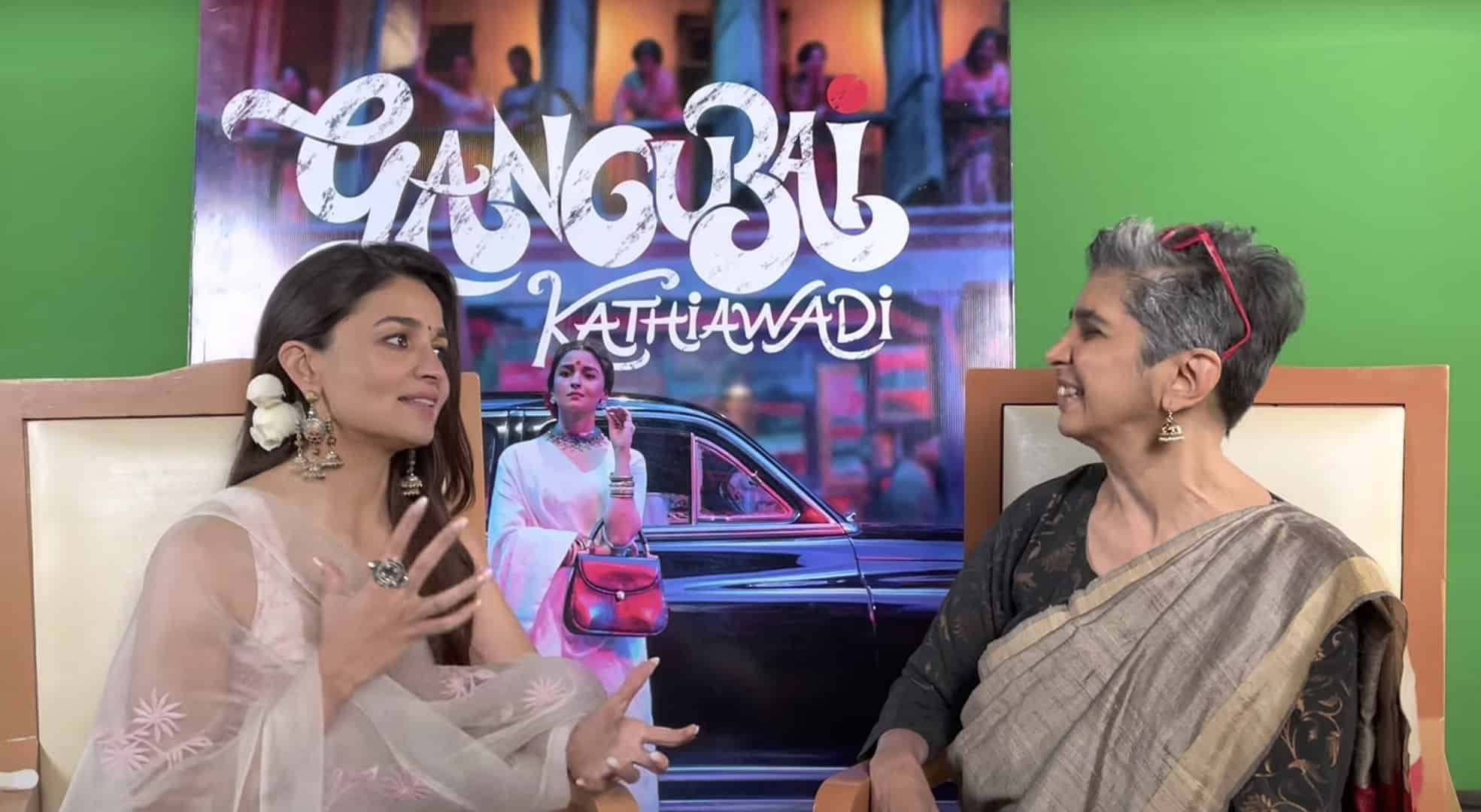Jung July makes a powerful comeback after eight years of break in directing with another strong socially-engaged mystery drama, “Next Sohee”. Premiering in Cannes' La Semaine de la Critique side section, where it received a several minute-long standing ovation, her sophomore film navigates around two perspectives: the story of Sohee (Kim Si-eun), a high-school girl who starts her first job at a call-center desk, and detective Oh Yoo-jin (Bae Doona), who takes up an investigation in which she hopes to untangle the mystery behind the company's toxic environment that leads to a tragic end.
The film, distinctively divided into two narrative parts, slowly unravels as a profound meditation on the solitude of young people in Korean society and their lack of agency to make any impactful change; a story good as any Korean recent title, however, Jung's solid grip of her storytelling rhythm and sympathetic gaze toward characters – with whom we immediately click – make up for everything, making her “Next Sohee” one of the most emotionally resonating films of this year, despite its minimal audiovisual language and storytelling style.
Much of that could be accredited to a wonderful cast: a charismatic Kim Si-eun as Sohee, whose sharp tongue, uncompromising nature, and the energy that sparks this unique light on the screen, make her character echo throughout the whole film with a rare ubiquity. Then there's Bae Doona, who scores another impeccable performance in Jung's film (after her role in the 2014 drama “A Girl at My Door”) as a bit washed-up, restrained, but empathetic investigator, who pulls many strings in this slowcore drama, including the most important ones – making us feel all the sentiments of the dramatic setting of the story.
On the occasion of the movie screening at Cannes, we met for a conversation with Jung July to talk about the symbolic meaning of Sohee's character, the background behind writing the narrative, the strategy to keep the tone of the film minimal, and current tendencies in South Korean Cinema.
“Next Sohee” screened at Cannes
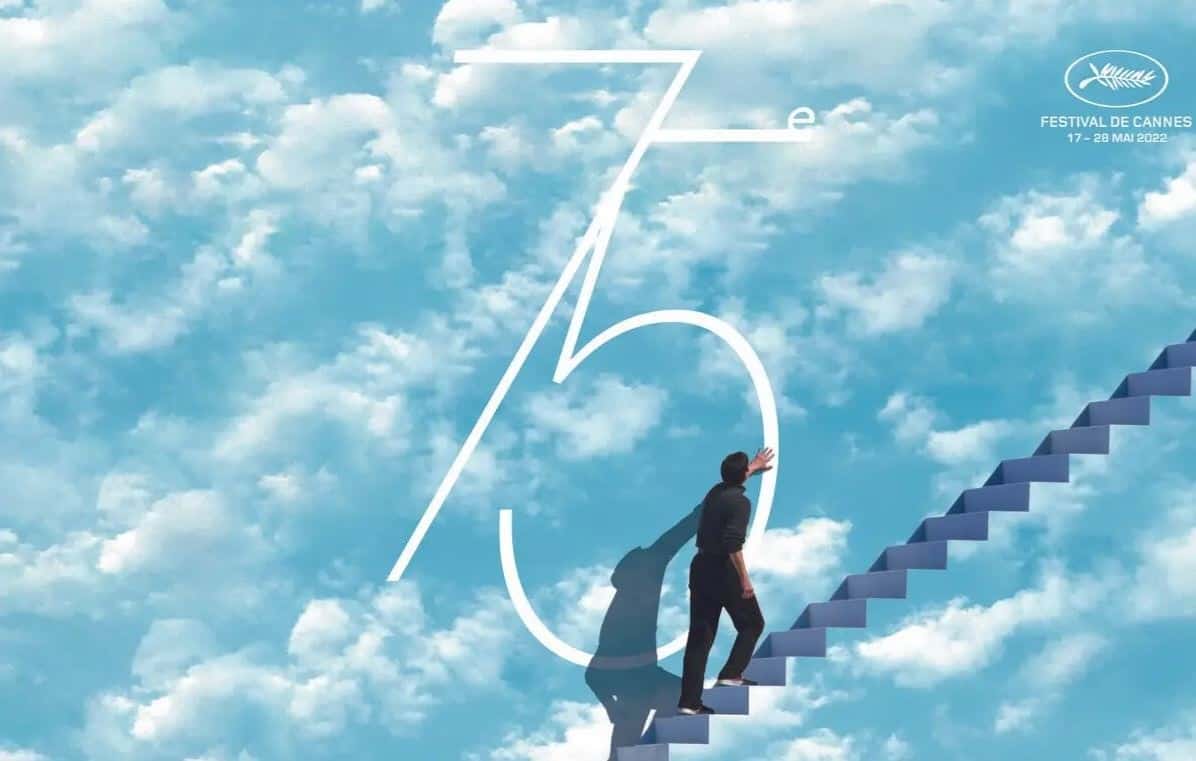
I wanted to start with the title: “Next Sohee”; I was wondering, what's the meaning of it for you?
If you don't mind, I'd like to ask you the same question first. What do you think of it?
Two things come to my mind. First, it's about detective Oh Yoo-jin (Bae Doona) – she's becoming the next Sohee, once she starts to get to know about her story, and her struggles. This is about the connection between the two of them, the compassion that she's enabled to share with her, albeit through a distance. The other thing is that Sohee is like a figure among many; she's one small entity in the whole company, just another one, next in a row.
It makes sense. To be more clear, with the former, I think rather than Bae Doona's character becoming the next Sohee, it's more about her process of understanding Sohee. The focal point of the narrative is to make it clear that the detective strives to embrace Sohee's perspective and feel her. With the latter, I think it's also crucial to emphasize that there will be probably a next Sohee; someone that will share the same experience.

Since the film is divided into two parts, with a perspective shift – the first one revolving around Sohee's life and work as a call-center operator, the latter depicting the investigation of detective Oh – I was wondering what was the process of writing each of the parts?
Since it's based on a real case, I would say that Sohee is the beginning of the story. At the same time, there is me, plunging myself into the middle of it all – what happened and why it happened – trying to pose the right questions. I was curious why someone had to die and why the investigation around it was so difficult to perform. From the very first moment I started to work on the script, I worked on developing both of the characters, Sohee and detective Oh Yoo-jin, simultaneously. Also, it's not like I intended to talk about some poor girl's death; I want to send the audience a message – why do we have to face something tragic like this? Maybe then we will be able to expand the story to our reality and somehow face it. It's crucial because the film is not only the story of one girl, Sohee, but also the next Sohee that may come afterwards.
Your film seems to play with the audience's expectations. In the middle of it, there's this feeling of the film slowly fading out into the lake. At first, I thought that's it, the end of the story. But then it somewhat restarts. We're embracing a new perspective. Have you ever thought about what would it be like if the film ended this way?
It's the biggest reason why I've decided to make my film that way. It's possible to write the story only by revealing the image of death, without having shown the investigation behind it, but that was insufficient for me – it would simply be not enough to fully understand the circumstances of a tragic death of a young, innocent girl. I thought that if I decide to show the passing of an innocent soul, I will get that possibility of feeling the audience's anger, but also – provide an opportunity of understanding why all of that have to happen. With that setting, Oh Yoo-jin becomes our guide so that we can fully grasp the meaning of such death, as hopefully, there's one that can soothe our anger.

The visual side of your film tends to coherently revolve around a minimal, low-key expression. There is no music, the flow of the camera is rather subtle, there are no violent cuts and the colors are rather restrained – all of that poignantly suits the story you want to convey. However, there is one moment, a beautiful one, where you lean toward slightly more aesthetic-oriented choices and play with lighting and framing, but this moment connects with death. Why have you decided to make a visual detour in that particular scene?
I really appreciate your observation. Frankly speaking, I did all my best to capture that; and I really wanted this scene to be beautiful. The reason is that before the girl gives up on her life, I wished we – we as the audience, but also the girl herself – could all watch a landscape of beauty. It's a form of final gesture – of sympathy, empathy, consolation – from my side as a filmmaker toward her. But also, this is the way we part our ways before she makes her last decision; I offer her the ultimate spectrum of agency in an enthralling setting. This is the least I could do to help her out.
You also decided to include social media and videos that provide more data about the whole story. It's not easy to incorporate the language of social media, but in the case of your film – it seems to work in an organic way. When detective Oh watches the first scenes of the movie on her screen, it's like we're coming back to the start; and so do all the feelings we've been through, they all come back even stronger. It's a very impactful loop. How did you approach the layer of social media and adapt it to the visual language of the film?
I think it was mainly serendipity – I realized it works well for the emotional part of the narrative and decided to keep it that way. In the very first scene when we get to see Sohee dancing, she's in a loop of falling, but also failing. She just keeps on failing the choreography, not being able to finish it in a proper way. But in the end, what we get to see through Oh Yoo-jin's eyes, is not a failure, but a success, as Sohee manages to get her dancing right. We have no idea whether it's before or after the first scene, but what matters is that detective Oh witnesses Sohee's success and not failure. The whole premise of using these videos and social media is pointed to achieving one thing only – it's a moment for Sohee.
Much of what we get to see from South Korean cinema at film festivals these days concerns the social issues that local society is currently dealing with. Noteworthy, your previous film was also socially-engaged. Is there any particular reason for such a state of things?
In fact, there are a lot of films released in South Korea every year. The industry is huge and the scope of films is diverse, from commercial and entertainment to socially-focused narratives. But it is the latter ones that make their way to the festivals. However, I wouldn't say it's something specifically limited to the Korean context – it's a worldwide thing. And it works both ways – not only do we export these kinds of stories, but we also show similar films, that also deal with social issues of other countries, on the domestic ground in South Korea. I would dare say that maybe it's not that only Koreans reflect on their social problems through films that extensively, but each country has their share in that film representation. There's a lot of focus on the financial crisis, social class conflict or generational gap and I guess filmmakers from different countries render their depiction with their own language so that they can achieve resonance among local audiences.
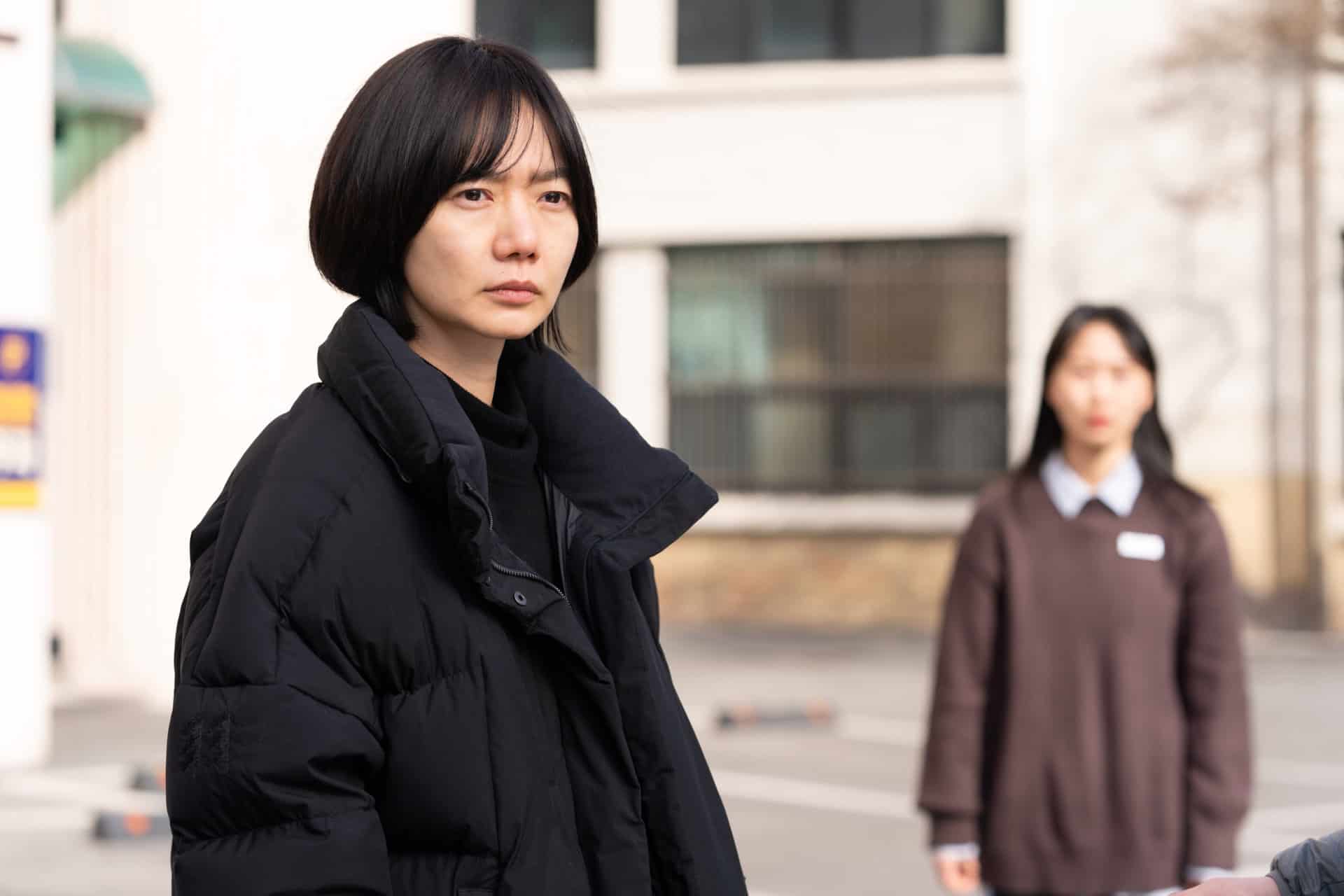
I'm curious what kind of responses do these socially-daring films, like yours, create among the audience in South Korea? Can it make a significant resonance?
It really depends. Since this film is based on a real story, I can imagine people might get really furious. A while back, there was an investigative report about the case from the film that reached the public. And everybody, literally everyone in South Korea got furious once it was released. I imagine it might be a similar case with my film – or one can hope – that maybe after the official premiere when people will watch it, they might have a similar reaction and get angry about the story my film depicts.





